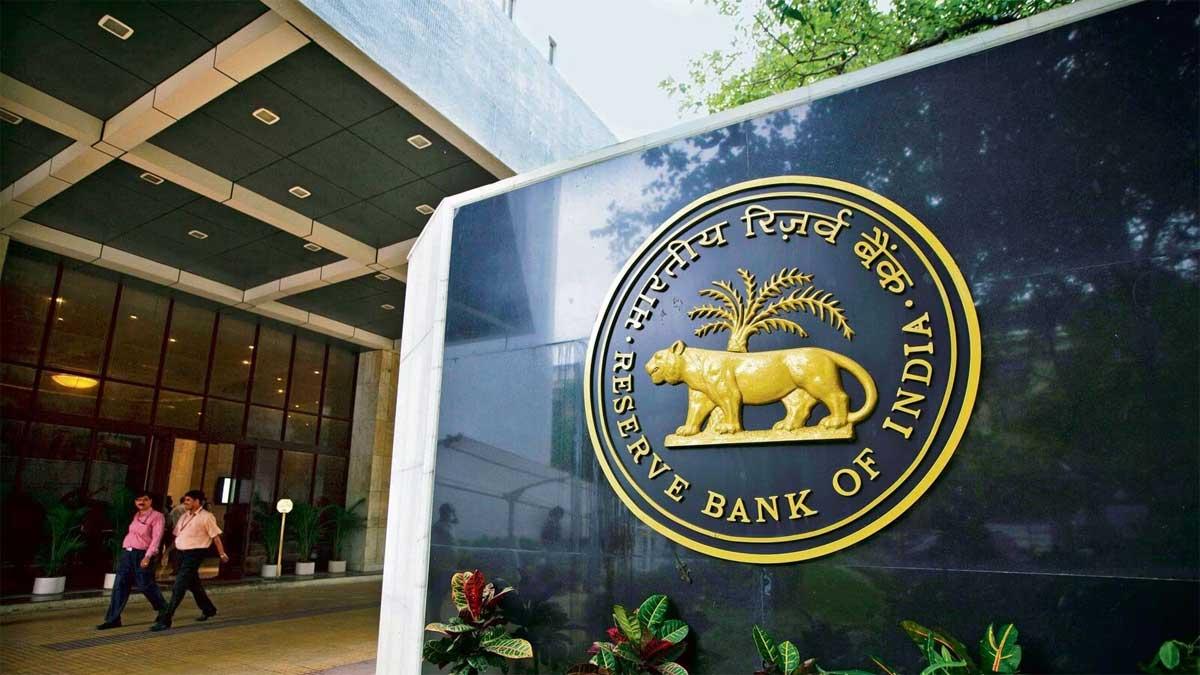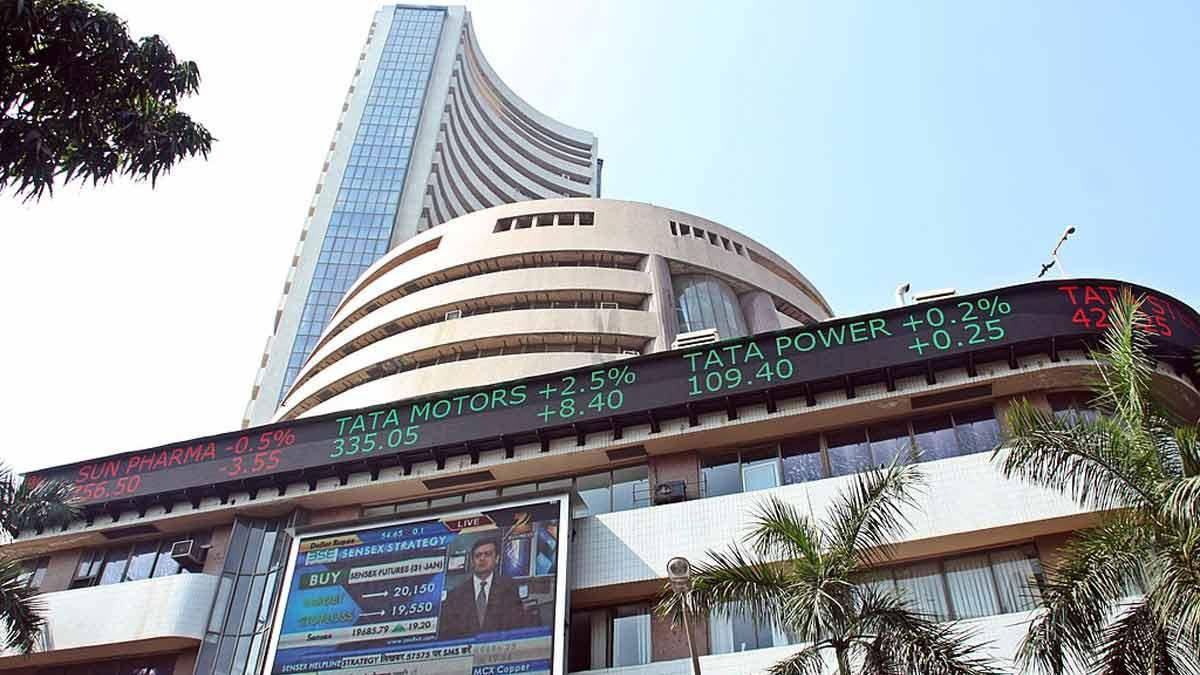India's balance of payments data released by the Reserve Bank indicates a positive trend in the country's current account deficit (CAD). The CAD for the October-December quarter stood at USD 10.5 billion, accounting for 1.2 per cent of GDP. This reflects a notable improvement from the preceding quarter, where it was USD 11.4 billion or 1.3 per cent of GDP. Comparing to the same period last year, the reduction in CAD is significant, as it was USD 16.8 billion or 2 per cent of GDP for the October-December 2022 period.
Throughout the fiscal year's initial nine months, the CAD has demonstrated moderation, declining to 1.2 per cent of GDP from 2.6 per cent in the corresponding period the previous year. This positive development is attributed to a decrease in the merchandise trade deficit, according to the RBI.
Current account balances represent the net flow of foreign funds into and out of an economy, serving as a crucial indicator of external economic stability. Past instances of CAD widening have resulted in currency depreciation and actions by rating agencies on sovereign ratings.
Analysts from Barclays note that despite a wider merchandise trade deficit, the CAD narrowed in the December quarter, supported by a record high services trade surplus and secondary income. They anticipate further narrowing of CAD to 1 per cent of GDP for FY24, with the country's inclusion in global bond indices expected to bolster the figure in FY25.
In the December quarter, the merchandise trade deficit marginally increased to USD 71.6 billion from USD 71.3 billion in the year-ago period, as reported by the RBI. Services exports saw a year-on-year growth of 5.2 per cent, primarily driven by exports of software, business, and travel services. Net services receipts rose to USD 45 billion from USD 38.7 billion, helping alleviate the current account deficit.
Remittances from Indians employed overseas, denoted as private transfer receipts, reached USD 31.4 billion, marking a 2.1 per cent increase from the previous year. Notably, foreign direct investment recorded a net inflow of USD 4.2 billion, while foreign portfolio investment saw a substantial increase to USD 12 billion compared to USD 4.6 billion in the year-ago period.
External commercial borrowings experienced a net outflow of USD 2.6 billion in the December quarter, slightly wider than the previous year's USD 2.5 billion. However, non-resident deposits saw a higher net inflow of USD 3.9 billion compared to USD 2.6 billion a year ago.
The balance of payments recorded an accretion of foreign exchange reserves amounting to USD 6 billion, a decrease from USD 11.1 billion in the same period last year.
India Ratings and Research, a domestic rating agency, expressed satisfaction with the CAD figures, affirming that it aligns with their expectations. They anticipate further reduction in the CAD during the March quarter.
Read also | Shift in Wealth: Mumbai Surpasses Beijing as Asia's Billionaire Hub
Read also | Revised Growth Projection by S&P Global for India in 2024-25


















